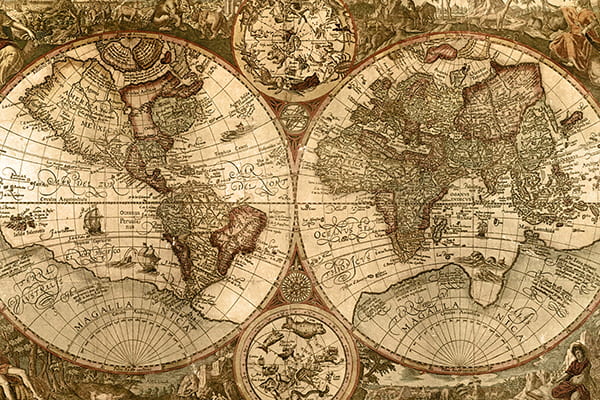In “Cartography the Death of Mapping”, the book begins with a brief introduction, followed by eight chapters grouped into two parts titled “Mapping” and “Counter-Mapping.” The author defines these terms in the introduction: “mapping” is used to describe the ways that maps serve the interests of the state or polity, and “counter- mapping” focuses on uses of maps to resist the power of the state. As we understand today, critical cartography was a late phase in the history of cartography, a professional moment in the broader history of mapmaking; but criticism more broadly understood has been an aspect of mapmaking from its earliest days. To some degree it is inherent in the practice of mapmaking, when mapping is being done, we attach an emotional aspect to it and our sense of reality. “In more common forms of mapmaking, compilation surfaces the problem of knowledge in an inescapable fashion, as do symbolization, generalization, and classification.” As technology evolves, opportunities for counter-mapping will grow at an ever increasing rate, for example, that at the time Denis Wood completed this book to now and the different pieces of technology available to map and “counter-map.” “Mitigating against this vision of a critical past has been the conflation of cartography – a comparatively recent professionalization of mapmaking dating to the first third of the nineteenth century – with the whole of mapmaking, much of whose history preceded the development of cartography, and the balance of whose history has run parallel with it.” Mapmaking has been able to be transformed through time because of the critiques and the different views from the way we have shaped and viewed our space. Mapmaking leaves room for error and room to be edited with our new knowledge and the new ways happening everyday of the way we define space and time.
Reflection on “Cartography and the End of Mapping”
- Posted on: May 15, 2019
- By: leona406
- With: 0 Comments
